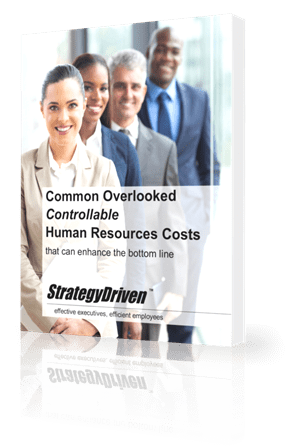Not About Us and Them: Dealing With Employee-Manager Conflict in 4 Ways

Actively Listen
One of the most difficult things in emotionally charged situations is actually focusing on the other person. One of the most fundamental tenets of any human resources training, whether it is coaching salespeople who don’t want to be coached or learning soft skills, is to block out any urges to form a response and just listen. If you find yourself preparing your response while the other person is talking, it can be difficult to get rid of this, but you need to actively listen, but you will need to do this from a place of empathy.
Showing empathy towards your employees is vital to establishing a trusting relationship. When there is a conflict between the employee and the manager, it’s vital to acknowledge how employees are feeling and understand where they are coming from. Rather than responding with something like “I’m sorry you feel that way,” if the problem has stemmed from you, accountability is important, and reframing the “I’m sorry you feel that way” response into “I’m sorry that I’m making you feel this way” is acknowledging responsibility rather than having a non-committal response.
Focus on Behavior
When we’re trying to resolve a conflict, we should never focus our words on the person. We need to focus on the behavior rather than the person responsible. If we target the person, it’s very much like pointing fingers at them and establishing blame. Somebody can behave in any way they want, but we should never enter into a discussion where we are calling into question the employee, whether it’s their beliefs or values.
Remove Yourself From Your Biases
Self-awareness is such an important trait in leaders. We need to acknowledge our biases, preconceptions, and trigger points, which form the basis of many aspects of unconscious bias training. Having the self-awareness to describe how you see the world means you can adequately enact strategies to see other points of view. This means you have got to be aware of how you respond to conflict. Do you avoid, accommodate, compromise, or collaborate? These four components provide the starting point to help you realize where you can improve.
Exhaust Your Toolkit Before Bringing In HR
It’s easy to rely on HR to deal with this, but any good leader will be able to understand if the conflict is an ongoing or a one-time situation. Documenting these conversations is so important, and if a simple conversation doesn’t solve the issue, this is when HR can get involved.
It’s one of the hardest things to get right, but conflict is commonplace, and to be a successful leader, you should know how to work towards a proper solution.













Leave a Reply
Want to join the discussion?Feel free to contribute!